Umberto Bartolini
About the Artist/Site
Umberto and his sister were born in the tiny village of Monte Acuto, some five miles outside of the small Umbrian city of Umbertide in central Italy. His father, Astorre, worked in a local quarry, and the family lived in a tiny three-room flat toward the end of town, the only inheritance left to Astorre’s wife by her family: according to the traditional laws of inheritance, the elder son is the sole inheritor of all the property, so the inheritance is not equally split among the children. The family was desperately poor, but Astorre was known as an avid hunter who would bring home wild meat to help feed his family. He had fought in World War II when Umberto and his sister were children; after Mussolini’s death and the collapse of the Italian government, the armed forces also fell into disarray, and Astorre, like many other Italian soldiers, walked back home from where he had been stationed. Upon his return, however, he found that the Germans were still occupying the small town, so he and his fellow combatants hid in the woods while their families brought them food whenever they could. This area was hard hit during the war; the British had initially missed bombing the local bridge over the Tiber River, and hit the center of the city instead, killing 80. The next time they hit their target, and the destruction of the bridge was helpful in supporting the Allied advance.
Umberto went to elementary school locally, and was a very good student, particularly in mathematics. After he finished his basic education he went on to a special high school in Perugia, the capital of Umbria, for two or three additional years of training as a geometra. (A cross between a surveyor, a lawyer, and an architect, a geometra typically worked to draw up such documents as property boundaries, house plans, etc.) . To help him make the daily trip to Perugia, just over fifteen miles away, his family first arranged for him to lodge in a household in Umbertide, but eventually his father was able to buy him a small Vespa so that he could return to live at home and ride down to Umbertide to catch the train to Perugia. (During this time or somewhat after, his sister married, had two children, and moved away to Rome. Unfortunately, she died quite young.) Bartolini himself became increasingly religious, and publicly manifested his devotion by painting images of the Madonna on the fenders of the scooter. Soon, his religious interests overshadowed his academic pursuits, and he decided to leave his studies behind. However, after withdrawing from school, he fell in love with a local girl, and when she didn’t reciprocate his love, others began to feel that he might be a danger to himself or others in the community. In order to avoid future problems, his parents made an agreement with the community to confine him to their home.
Bartolini’s religious obsession continued to increase, and his parents, along with the local priest, tried to have him accepted by a local religious order, which would have been a logical and acceptable way to comply with the rule of confinement. They were not successful, however, and he continued to live at home with his parents. His father died around 1988 and his mother, after that time, became progressively deaf, so she and her son became increasingly isolated. He would go to church every day as if he were going to work, leaving at 8 am and returning at around 1 pm for lunch, returning to church again in the afternoon. But after the local church was remodeled, the priest didn’t come around as often, and Bartolini had nowhere else to go.
To further manifest his religious devotion, he started to paint the exterior of his house with stark white and black paints. The highlight is a 10-foot-high golden image of the Madonna who seems to be standing on a pediment supported by four Classical golden fluted columns. The frieze and architrave are painted in an imitation of Doric triglyphs, and are surmounted by abstract patterns that show Bartolini’s significant mathematical precision. Between the four columns, a carefully-lettered blessing is surrounded by intricately-painted scrolling. To the left of the Madonna, a plain rectangular window has been enhanced with a painted gabled entablature and supporting corbels, and the door is framed with two fluted Classical columns that display entasis, slightly swelling as they taper toward the top to counteract the illusion of concavity that accompanies straight-sided columns (the columns supporting the Madonna are similarly painted). Above the single door, located to the far left of his property, a semicircular painted lunette is adorned with a series of eight-petaled flowers, anchored at each side by a single flowered roundel. Within a small rectangular niche enclosed by the door’s painted lunette, the probable year of the building’s construction, 1604, is inscribed.
Taken together, the painting on the façade displays notable familiarity with Classical architectural idioms and construction details, as well as an impressive ability to reproduce in two dimensions elements that are usually presented sculpturally or in relief. While the imagery has remained roughly the same since the mid-1980s – if not earlier – Bartolini is always touching up the façade to ensure that it remains in a perfect state of conservation.
In addition to the painted work, in roughly 2010, Bartolini added a series of elaborate vases with bright plastic flowers on the low parapet wall bordering the porch around his front door (shared with a neighbor). He cares for the plastic flowers assiduously, bringing them in if it is windy, and rearranging them as he sees fit.
Bartolini has also completely covered the interior of his home with elaborate altars, paintings, and assemblages: not a single centimeter has been left uncovered. There are several different altars within the small front room, all adorned with pictures of the Holy Family, lit with small electric votives, and ornamented with more plastic flowers. Laminated prayer cards are placed in front of each altar to aid his daily prayers. Bartolini prays every day, all day long, for, among others, orphans, the poor, and people in Africa. He has a large TV screen set up in his room as well, and watches mass three times a day, now that the local church in Monte Acuto has been closed for two years, and as he lacks transportation to Umbertide (nor the desire to go, as being around that many people now makes him uncomfortable).
The front room includes a fireplace, as well as a small stove and refrigerator, but there is no running water or other heat in the home. These appurtenances are barely visible, however, as the various altars overpower everything else in the interior. Earlier images of Lake Como and a Doric column were painted directly on the walls, and intricate mandala-shaped and other geometric designs cover the ceiling, but they, too, are almost covered up with the religious imagery that is many layers deep all over the tiny room.
After his mother’s death, Bartolini began receiving a pension from the government, along with an ASL assistant, a social services worker who comes to visit him twice a week to check on his health and bring him food and supplies. She also brings him to Umbertide for medical appointments as needed. His neighbors have also been asked, from time to time, to pick supplies up for him on their next trip into town. But he generally pays little attention to more pragmatic and physical needs, as he spends almost every waking minute praying. His neighbor, with whom he shares a porch, had once asked Bartolini whether he would ornament his own door, but Bartolini declined, saying that he was too busy with his prayers. As he speaks about his prayers, he grows animated and excited as he almost feverishly explains his devotions and supplications, and his rigorous daily routine of attending to each of his altars and reciting the appropriate litanies.
As Bartolini ages, the future of the site will increasingly become threatened. It is likely that following his passing the small flat will revert to his sister’s children, but as they have no interest in returning to the village, it will no doubt be sold. The exterior of the façade, with the paintings of the Madonna and other designs, is visible from the plaza; visitors are rarely invited inside to view the interior rooms, nor are these available for photographs.
~Jo Farb Hernández, with thanks to Robert Chiarito and Donna Cehrs
Contributors
Map & Site Information
Umbertide, Umbria, 06019
it
Latitude/Longitude: 43.3064268 / 12.32869
Nearby Environments


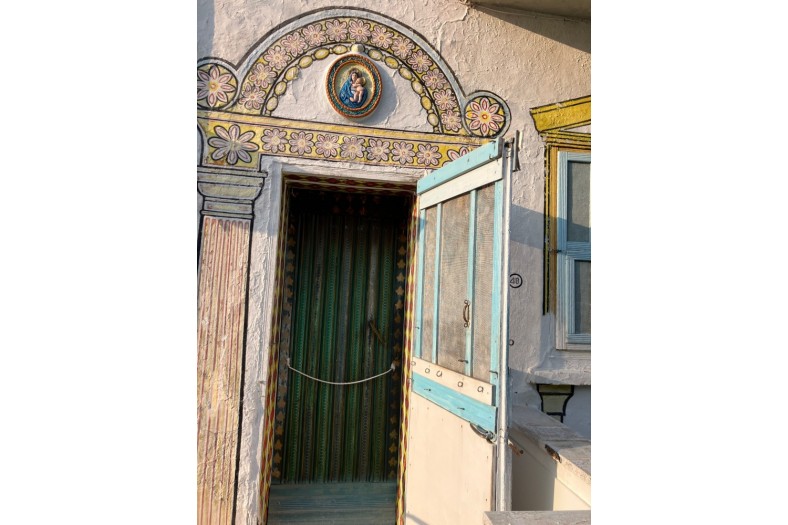
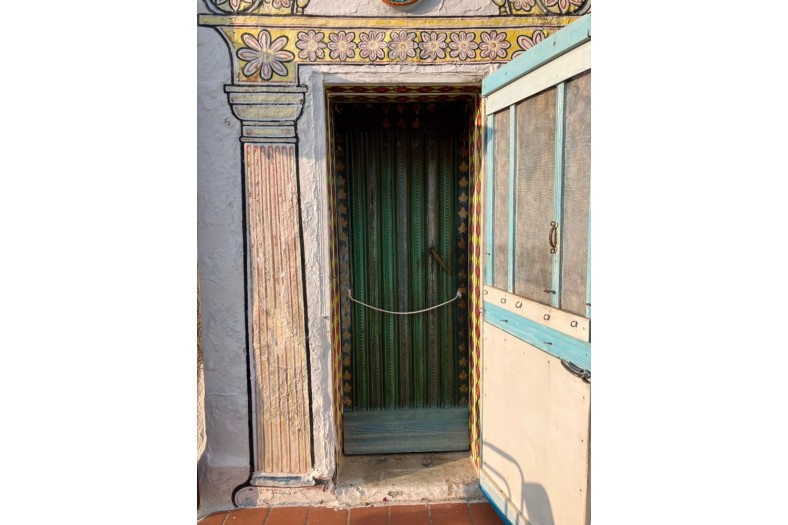
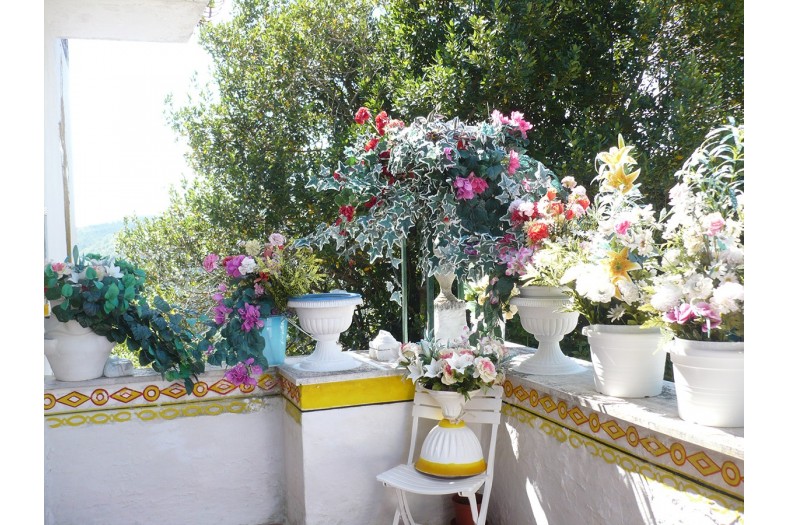
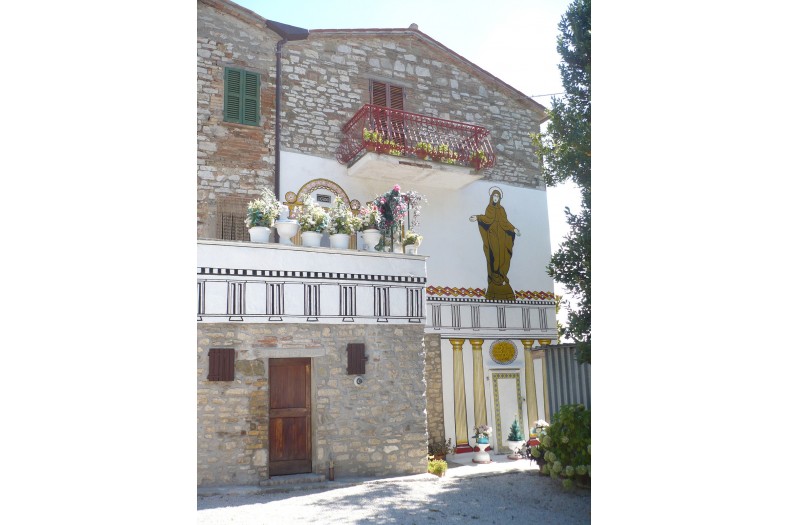
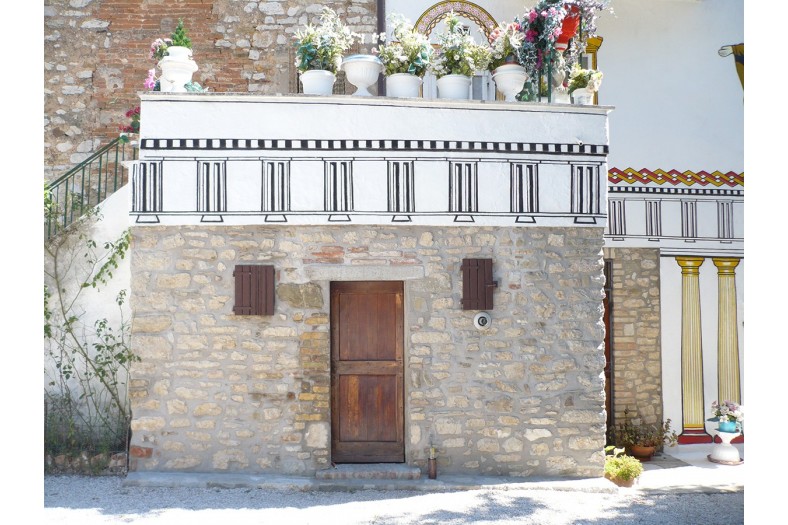
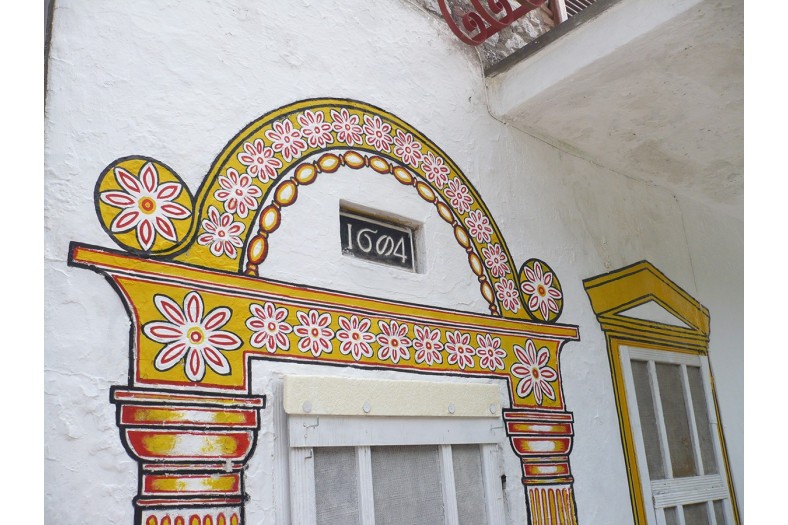
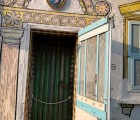
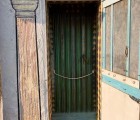
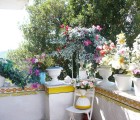
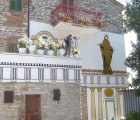
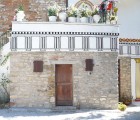
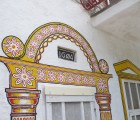
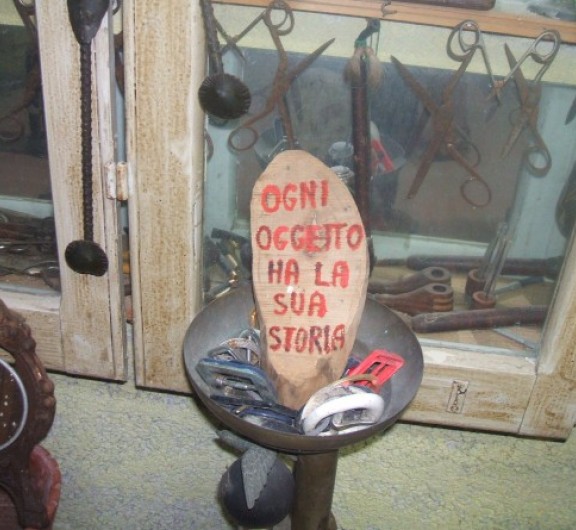

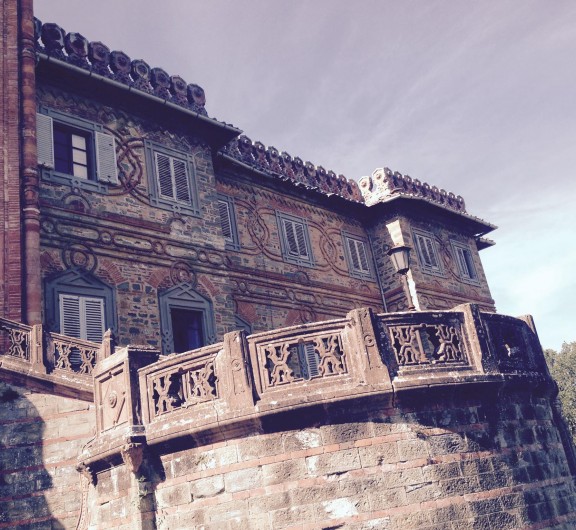
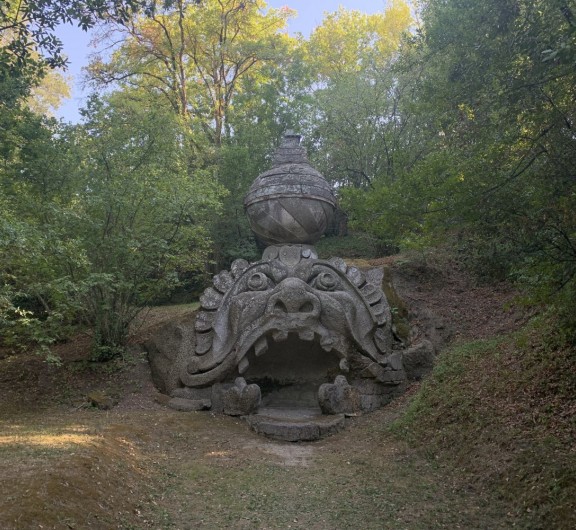

Post your comment
Comments
No one has commented on this page yet.